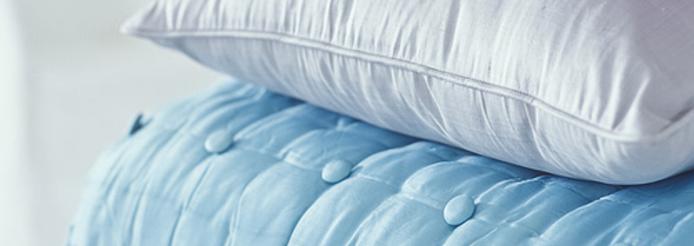“Anyone who launches new products will immediately appreciate the power of this resource to influence design direction, target appropriate price points, and select materials with high consumer appeal. What I love most is that it facilitates open and powerful discussions across the marketing, design and business teams. It minimizes reliance on “the gut feel” of just one individual in an organization and helps create a unified vision for success.”

All too often we see clients with high expectations who introduce new products to see them fail. Statistically, failure is likely -- only 20% of new products succeed. Your odds may be better in Las Vegas! But you know your company must go on and you know your retailers want new products - that's an unceasing demand. So what to do?
CREATE MORE PRODUCTS THAN YOU NEED
Create the right amount of products to end up with the right number of WINNING products. The test products can be computer generated virtual products. Test them with consumers - eliminating the dogs and introducing only the ones that truly excite and delight consumers!
What if you end up with more winners than you need? Is that really a problem? You can hold some back for your next introduction, offer some as exclusives for your best partners, or just ship them all and watch your sales grow!
This begs the question, how many new products should we put in our pipeline? That’s a complicated question.
HOW MANY TEST PRODUCTS SHOULD I CREATE?
Here’s one way to figure it out. First, do some homework. Look back a year or two and figure out what your new product success rate is. And be honest, even tough in your calculations. Develop a number of success definitions. “A’s” might be your top sellers – perhaps the top 10% or 20% in volume- probably with wide distribution. “B’s” might form the middle 50%. Perhaps they get some distribution but not universal. Their reorder rate is probably lower than the “A’s” enjoy. Then you have “C’s” and “D’s” – clear disappointments. Perhaps they are older and down-trending or perhaps they didn’t get reorders because they didn’t sell in or if they did, they didn’t sell through.
Sum up your numbers to see what percentage each of those groups represents of your total current sales. (You might want to add another group – perennial best sellers that can always count on for a set portion of the business.) Now just do the math. If “A’s” represent 10% of your business and you just want to maintain your business at present levels, you’ll need to develop 50 new products at an 80% failure rate to have 10 new products ready for next year. You’ll need 100 new products to have 20 solid performers to introduce, etc.
If that seems excessive, prohibitively expensive and impossible given your resources, take a deep breath and keep reading. Most of our informed clients address their numbers through sophisticated product development strategies. They target not individual products but concepts that will carry new products through proliferations of models (fewer to more features), sizes, colors, shapes and decorative designs. One good idea can support a lot of clever variations and interpretations.
Please look for our next email/blog for more thoughts on successful product proliferation strategies.



